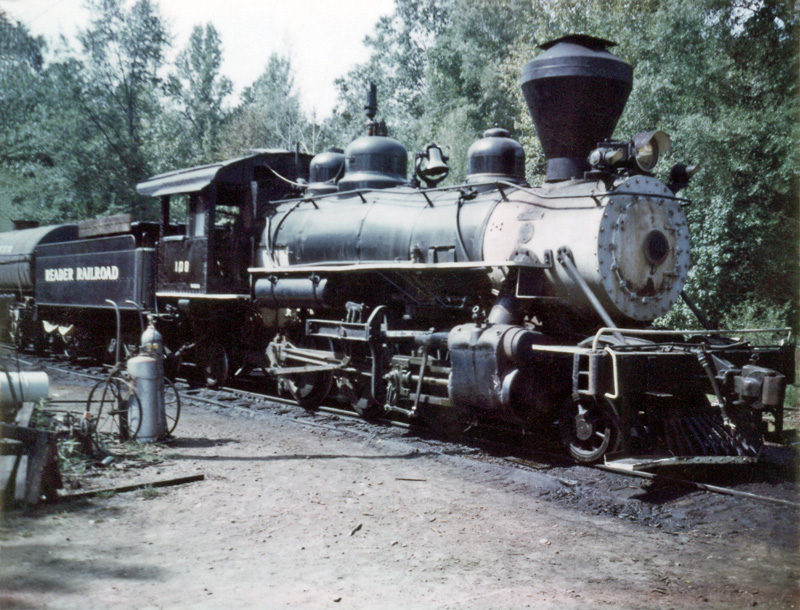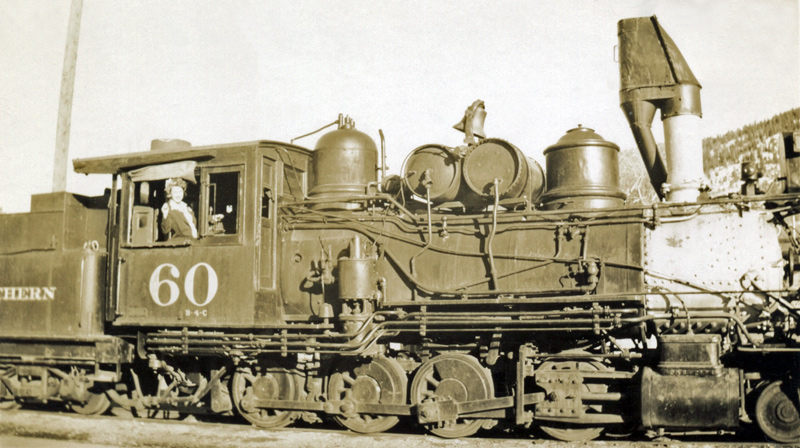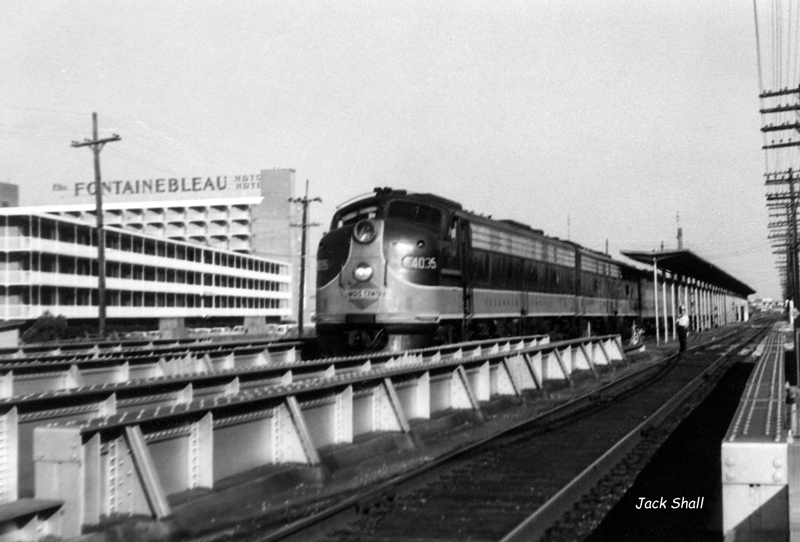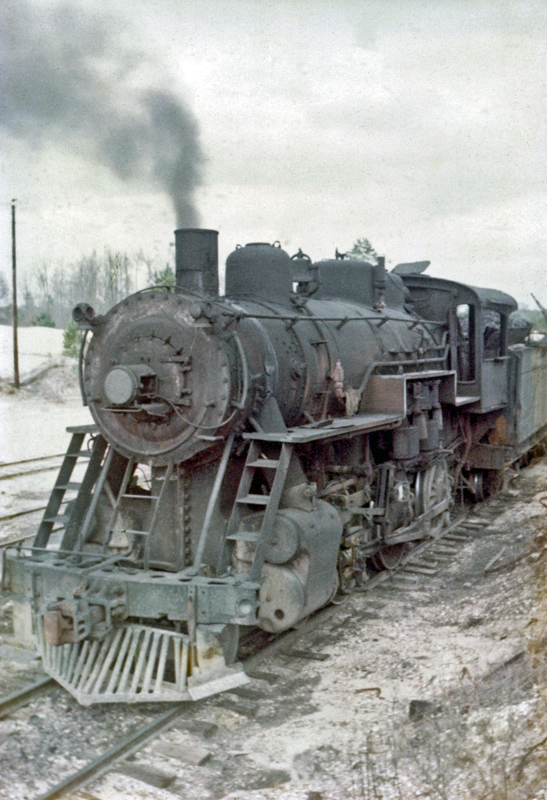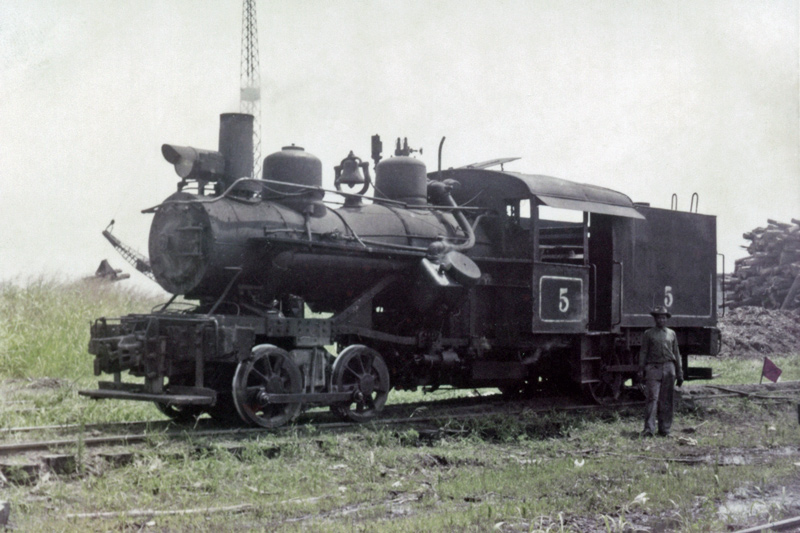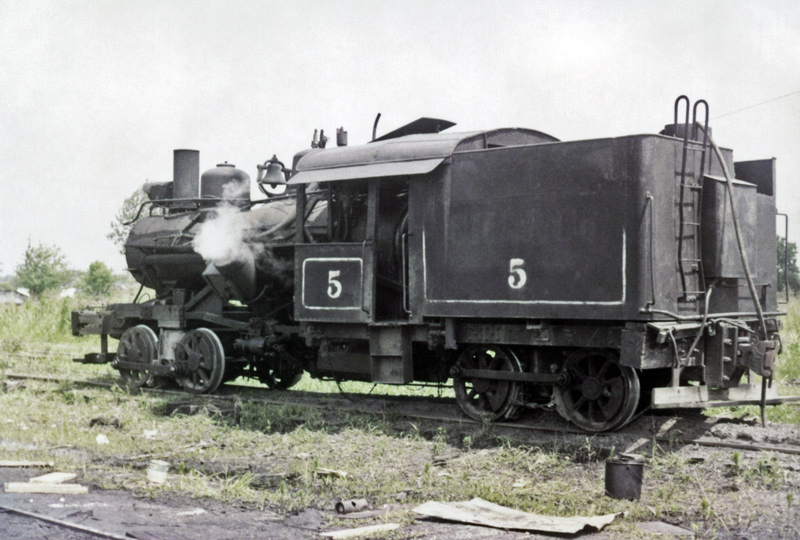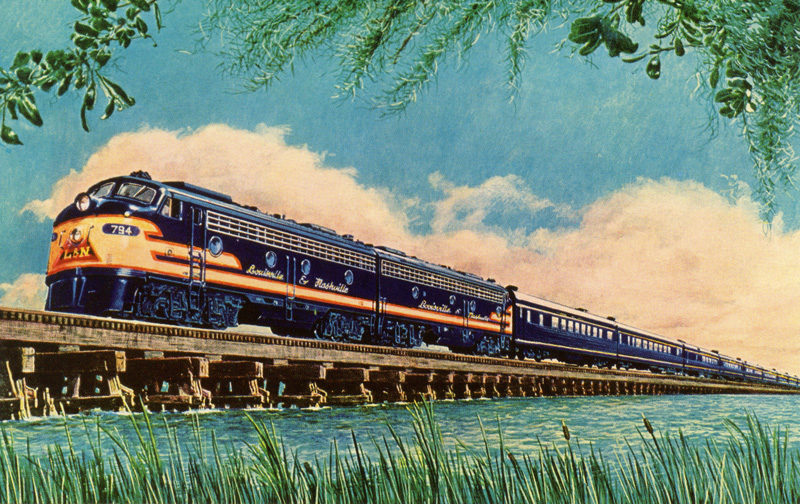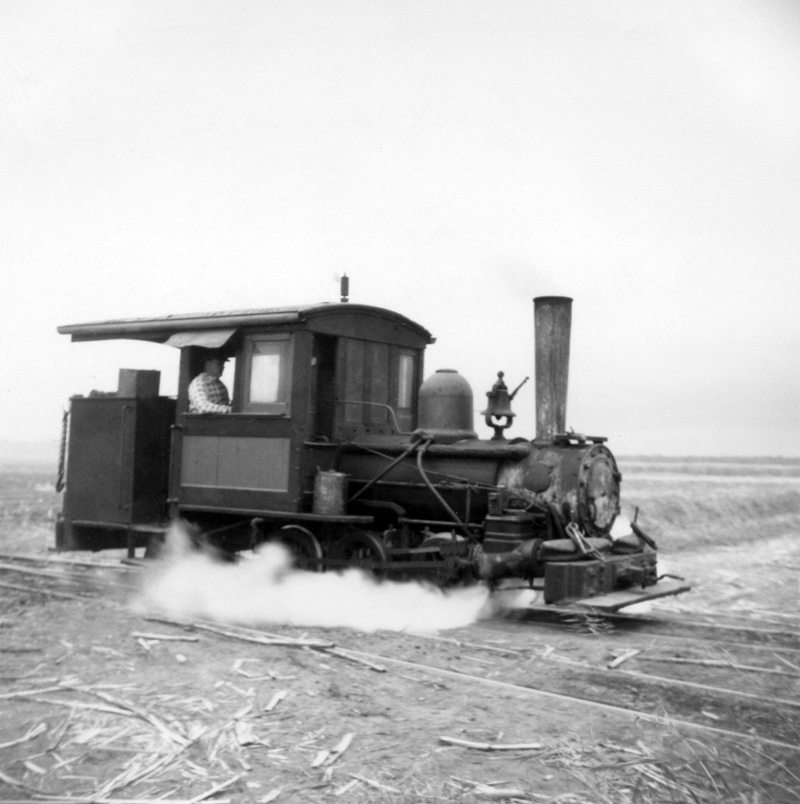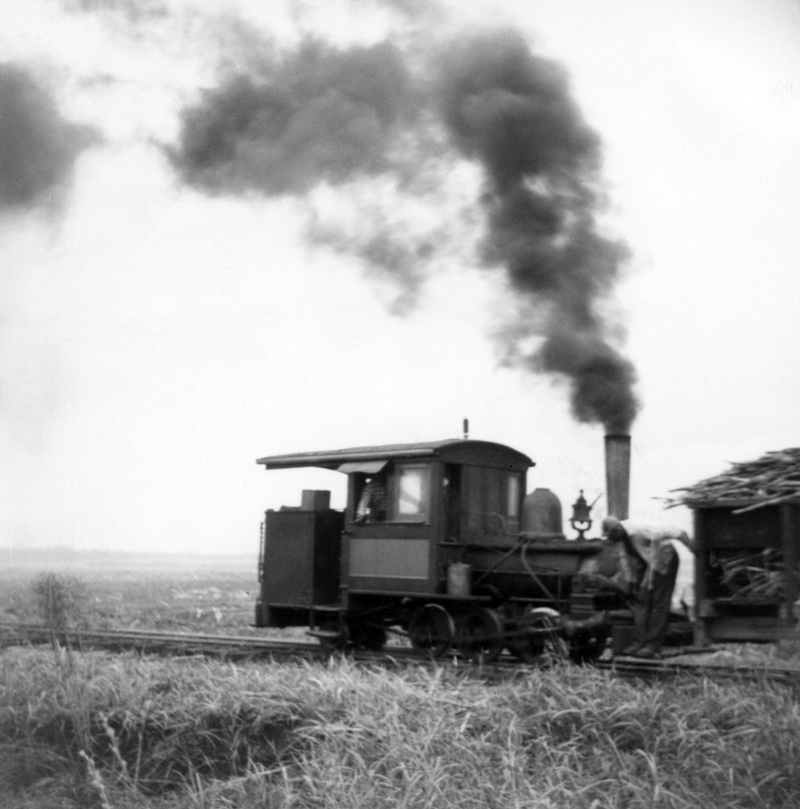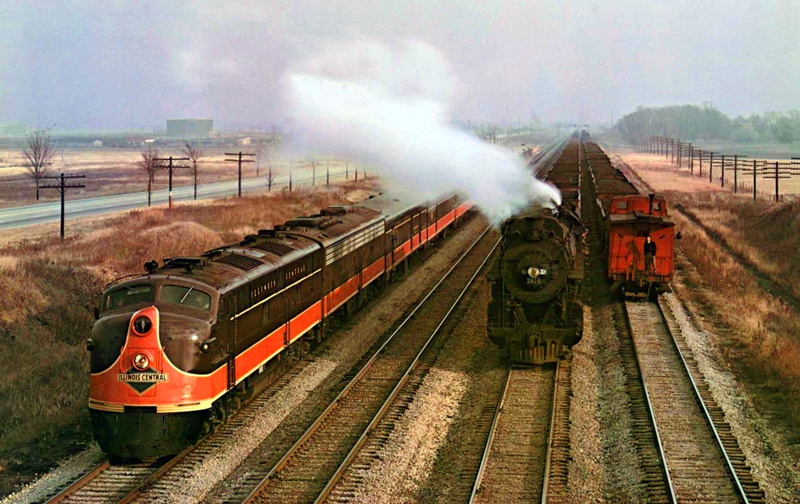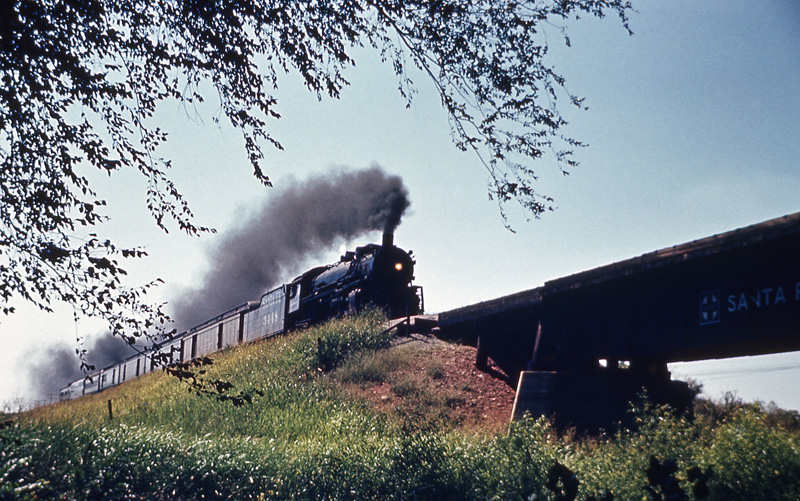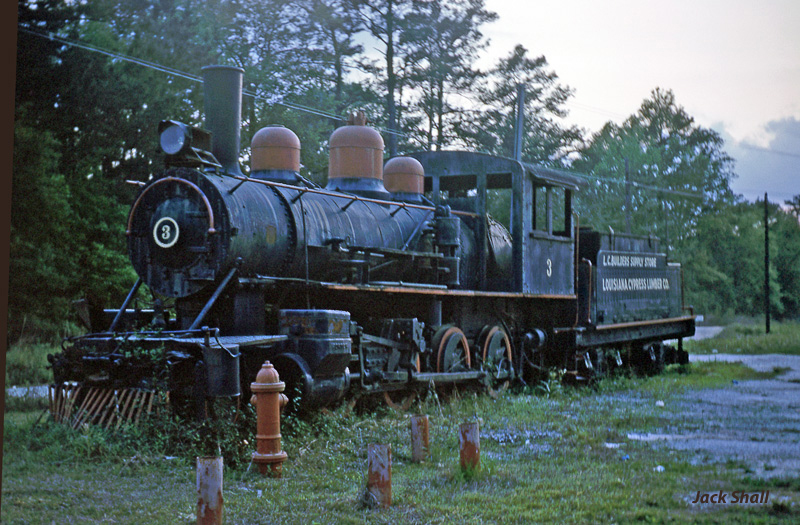In early September of 1970 I visited the Reader Railroad up in Reader, Arkansas. Even though it was a weekday, the railroad was shut down for the day. I was able to peruse the railroad’s shop facility though, located maybe a quarter mile from the depot. Here is a photo taken with my trusty Polaroid camera of their #108, a nice little 2-6-2 “Prairie” locomotive.
This locomotive was a product of the Baldwin Locomotive Works in 1920, and she had an extensive list of owners over the years. The little Prairie first worked for the San Augustine County Lumber Company in east Texas, then later for the Angelina and Neches River Railroad. In 1954 she was purchased by the Reader, where she was in service until 1976. From there she went to the Conway Scenic Railroad, but after just a couple of years, was sold to the Blacklands Railroad. She was moved back to Texas, and was supposed to be overhauled to continue operation. The last I heard, she was sold yet again to a corporation, but was still stored in a somewhat disassembled state on the Blacklands Railroad. If any of you folks have any news of it’s present situation, please post a comment about it.
